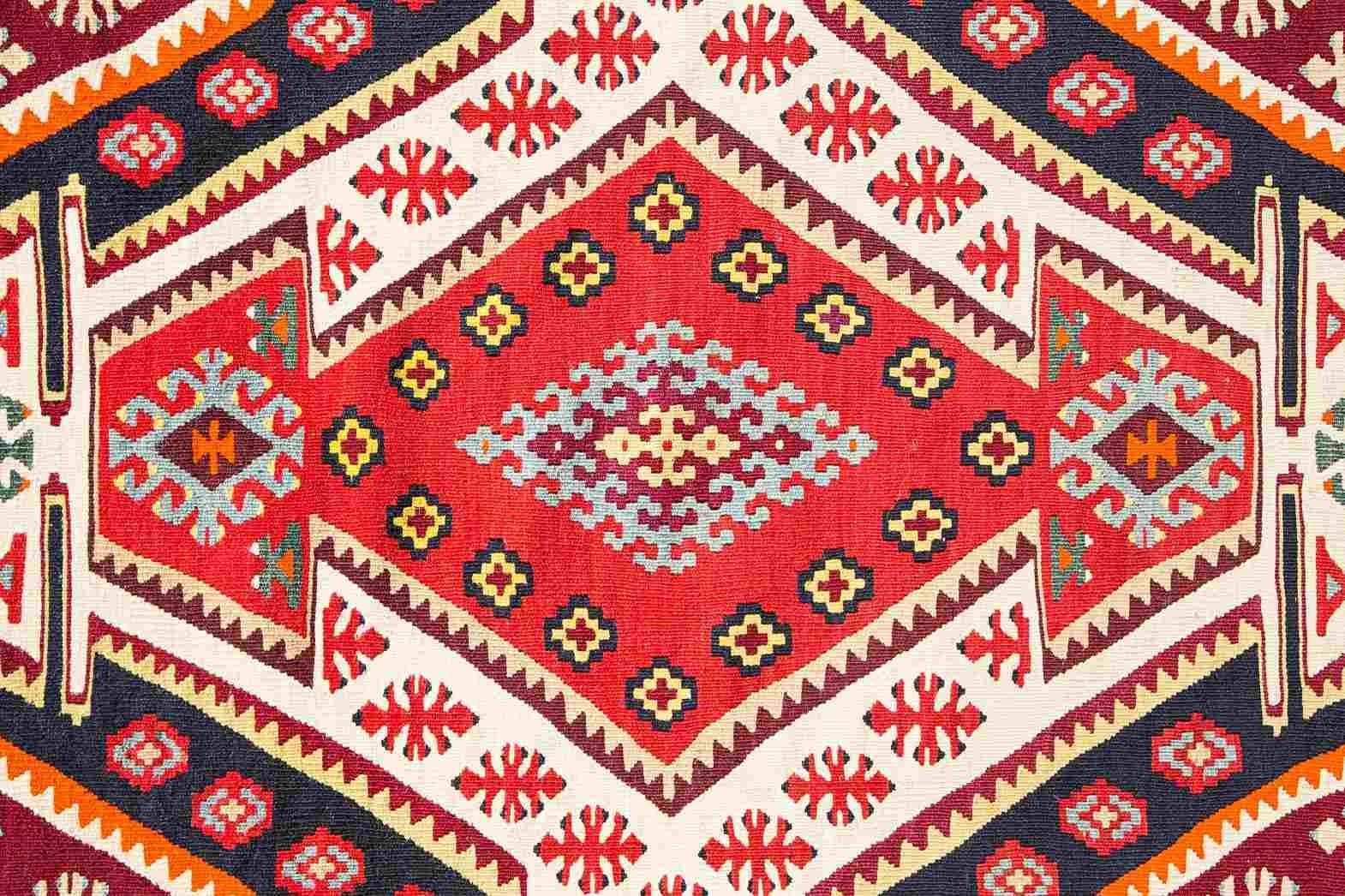This transition has been gradual but continuous, with the share of developing countries in global textile production substantially increasing over the last decade. The cost of production has been brought under control by developed nations, which has reshaped the global textile landscape. The rise of some developing nations in the textile sector on an unprecedented scale can be attributed to these strategic decisions.
Well-thought-out decisions have ensured that developing countries like Syria secure a significant share in textile development. Exports have also increased considerably, and for Syria, this remarkable progress has been achieved through wise decisions and the continuous overcoming of challenges. The rapid and comprehensive transformation of Syria's textile and garment sector can be attributed to practical development strategies, exploration of global markets, and supportive international trade policies. These factors have allowed Syria, which embarked on its textile journey only a few years ago, to achieve positive outcomes.
Other factors that have worked in favor of the country include its geographical location and the support it has received from the European Union. Serbia, for example, plays a vital role in connecting Europe and Asia, serving as the shortest passage between Western and Central Europe on one hand, and the Middle East, Asia, and Africa on the other. Furthermore, Serbia has become an attractive destination for job-intensive textile projects.
The country has successfully attracted numerous textile projects in recent years, with 78 projects initiated in the financial year 2012-2013 alone. Europe has been actively supporting Serbia's textile industry, with several European companies starting textile production in the country. Firms from Italy, Austria, and Germany have also established manufacturing units in Serbia.
The net exports of Serbian textiles have increased, contributing to a 2 percent economic growth in the country. Additionally, Serbia's fashion industry has evolved over time, moving beyond domestic manufacturing to become a design-oriented global sector. With more than 1500 textile companies employing approximately thirty thousand personnel, the textile and garment units of Serbia generate 0.7 percent of Serbia's turnover. Another reason Serbia is attracting investment in the textile sector is its qualified and skilled labor force, with several technical colleges established in the country.
In the preceding financial year, exports from the Serbian textile industry were valued at US dollars 662.8 million or 6 percent of total manufacturing exports. The Serbian textile industry's dominant exports include hosiery, undergarments, sacks, gimped yarns, woven roofs, tents, sails, camping goods, shorts from synthetic fibers, rubberized fabric, women's sweaters, dresses from synthetic fibers, men's cotton shirts, trousers, knit shirts, men's sweaters and pullovers, jackets and blazers.
Major export markets, Italy and Germany, absorb more than 50 percent or to be precise 51.7 percent of the total textile products on an annual basis, generating US dollars 350 million in exports in the last financial year. Other key export markets include Belgium, Bosnia and Herzegovina, Croatia, France, Montenegro, Romania, Russia, and Slovenia contribute to another 35.4 percent share of Serbian exports.
Serbia also imports textile products including ribbons, leathers, clothes, bags, yarns and fibres from Turkey, Italy, China and Germany. Almost 23 percent of textile and textile product are imported from Italy, followed by China at 18.9 percent, Turkey at 13 percent and Germany at 8 percent. India, United Kingdom, Romania, Bangladesh, Belgium and Slovenia are also in the list of countries from where Serbia imports textile. However, more than 60 percent of the imports are from members of European Union.
Serbia is one of the most preferred destinations for many countries to establish textile manufacturing units or export Serbian textile products. The Serbian textile market is very cost competitive with regard to superior quality textile products and services; also the transportation advantage gives it an upper hand over other countries. The Serbian manufacturers have proved time and again their flexibility, reliability and timely delivery which are customised to individual needs.
The economic situation of the country is also fairly stable and it has signed favourable trade agreements with Russia, European Union, United States and the Central European Free Trade Agreement (CEFTA). The Serbian textile industry also has an impressive track record with regard to its textile exports.
The country has recorded largest amount of FDI in the production of hosiery, which is attributed to the status of Most Favoured Nation granted to it by the United States. The MFN status brings down the tariff rates for hosiery, making Serbia a numero uno choice for Italian hosiery firms like Golden Lady and Calzedonia as well as Germany's Falke. The country has also collaborated with several luxury brands including Gucci, Tommy Hilfiger, Benetton, Dolce & Gabbana, Hugo Boss and others, as the labour in Serbia is not only technically qualified, but it is also cheap.
The Serbian textile has made its way to the top with the help of internal policies and also the support of international community. The country is busy setting higher targets and achieving development goals through its consistency, reliability and punctuality.
References:
1. Serbianapparel.com
2. Fibtex.lodz
3. Textiles.einnews.com
4. Inserbia.info








Comments